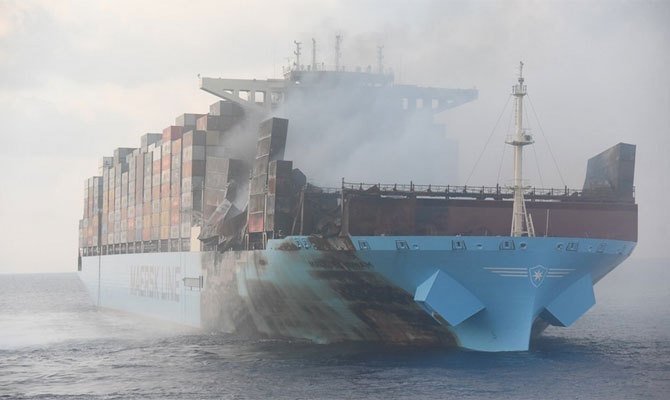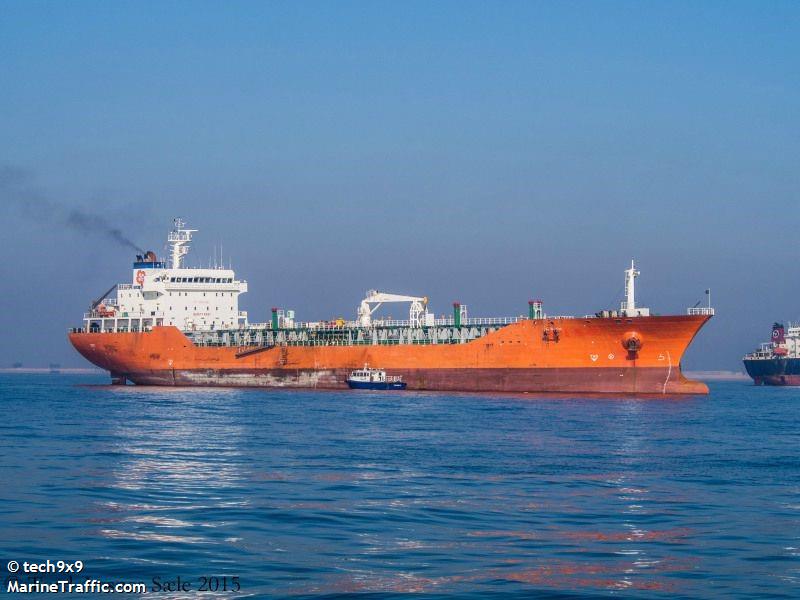Maersk Honam to be repaired

Maersk has said it intends to repair, not scrap, the badly burned, 18-month old, 15,000 teu Maersk Honam. The ship, which caught fire in the Arabian Sea around three months ago, is now at Jebel Ali port in Dubai after a long towing mission. Five crew lost their lives in the accident, which the Indian Coast Guard has suggested was related to hazardous cargo onboard.
Discharge operations of the unharmed boxes are ongoing and are likely to be finished later this week, although shippers have been warned they will be charged extra to get their much delayed cargoes.
“The condition of the vessel will be further evaluated. As things stand it is our intention to repair the vessel,” a spokesperson for Maersk Line said in a statement. Nearby Jebel Ali port are a range of repair yards where the giant boxship could head.
A full investigation in collaboration with relevant authorities is ongoing to determine the cause of the fire.
In the wake of the blaze, Maersk decided to shift the location of all boxes containing hazardous cargo across its fleet.
Maersk Line also tapped US class society ABS to lead a workshop to identify and evaluate potential hazards posed on containerships from dangerous cargoes stowage.
The workshop assembled industry stakeholders to conduct a comprehensive hazard identification (HAZID) study to better understand key risks associated with cargo. The workshop identified hazards associated with dangerous goods stowage on a range of containership designs, many which are not fully addressed by the International Maritime Dangerous Goods (IMDG) Code. The outcome will include recommendations to improve stowage planning and hazard mitigation, leading to better management of risks.
One suggestion to avoid future fires caused by dangerous goods that merits further consideration has come from Splash’s lead columnist, Andrew Craig-Bennett, who has urged liners to stop charging higher freight and THC on dangerous goods.
“The incentive for shippers to lie disappears as soon as this is done. Yes, the shippers of harmless cargo will be subsiding the shippers of dangerous goods. But their own cargo will be more likely to arrive,” Craig-Bennett wrote earlier this year.

 . The ship, which
. The ship, which